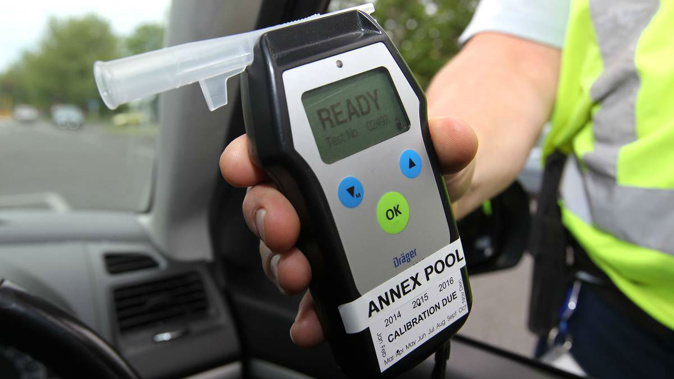The study included drivers who had taken prescription medications above recommended levels, or drugs known to impair driving.
The two most commonly detected drugs (excluding alcohol) were cannabis and methamphetamine.
AA road safety spokesman Dylan Thomsen told Stuff the figures showed drug-driving was an increasing problem in New Zealand.
He believed police should be given the power to carry out roadside saliva-based drug tests.
The Land Transport Act states that it is an offence to drive while impaired and with evidence in the bloodstream of a qualifying drug.
The presence of a qualifying drug alone is not sufficient for an offence; there must first be impairment as demonstrated by unsatisfactory performance of the compulsory impairment test.
If a police officer has "good cause to suspect" that a driver has taken drugs, the officer can require the driver to take the test.
The compulsory test looks at their eyes and they have to be able to walk and turn and stand on one leg.
Thomsen said the test takes a huge amount of an officer's time.
Saliva-based testing is used in many other countries.
Associate Transport Minister Julie Anne Genter told Stuff she had asked officials to look at the problem and what other enforcement tactics could be used.
But she was unsure whether saliva-based tests were the best option.
National MP Jami-Lee Ross has a Member's Bill before Parliament that would allow for roadside saliva testing for meth, ecstasy and cannabis.










